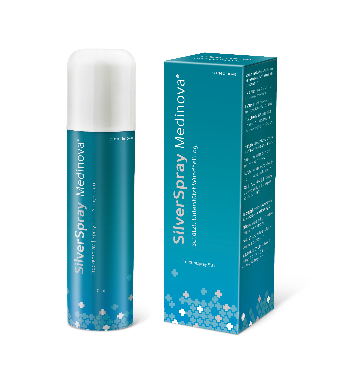Dermatology
Home > Breadcrumbs
The skin
The skin is the largest and heaviest human organ in terms of size. It has a surface area of 1.5 to 2 m2 and weighs up to 10 kg in a grown adult. Together with the skin appendages such as hair, nails and the sweat and sebaceous glands, the skin shapes the unique appearance of a person and fulfills a number of functi
- Protective function, acting as a mechanical and chemical barrier to shield the interior of the body
- Temperature regulation, e.g. by constricting (goose pimples) or dilating the blood vessels (reddened skin)
- Regulation of homoeostasis, e.g. by excreting fluids and salts (sweating)
- Sensory function, e.g. perception of heat stimuli, touch, pain
- Immune function, e.g. defence against infectious diseases
- Communication, e.g. by blushing or turning pale.






